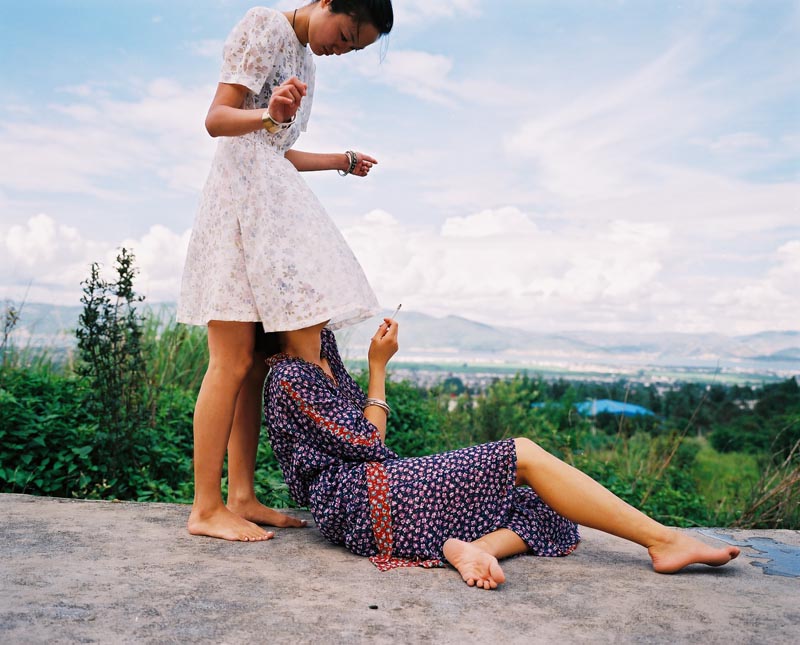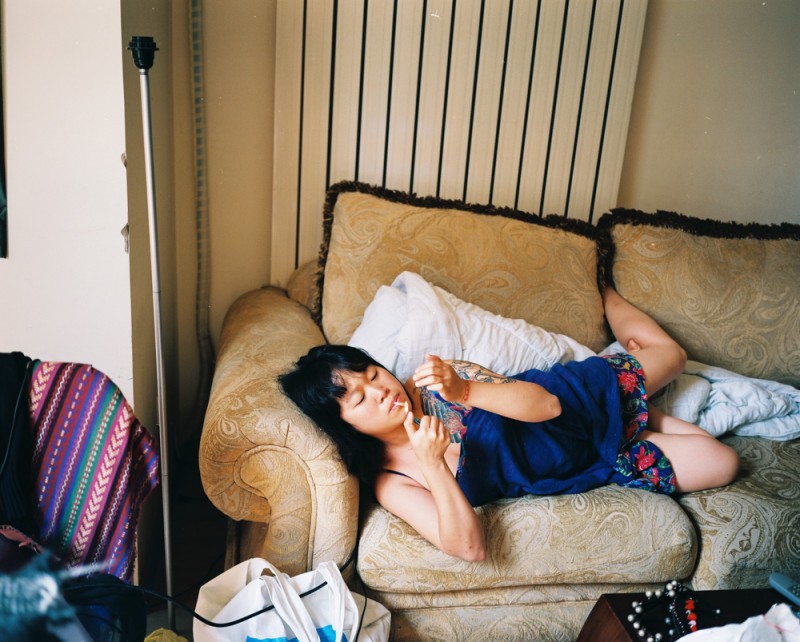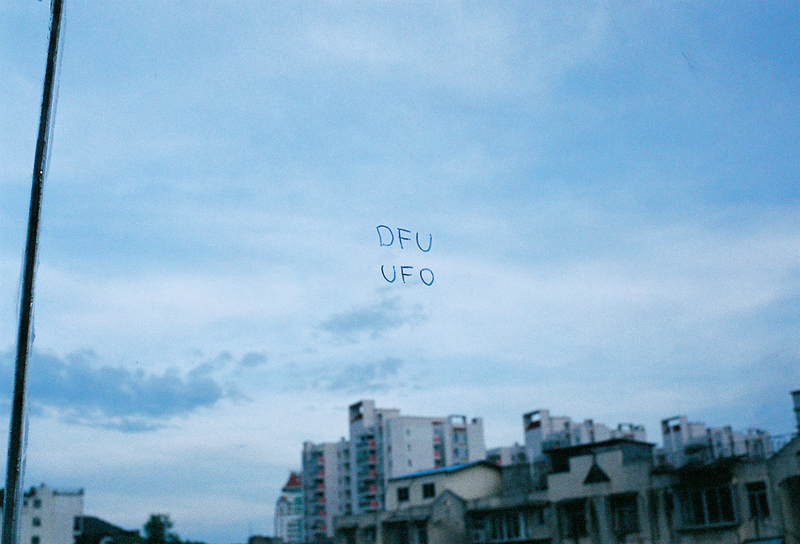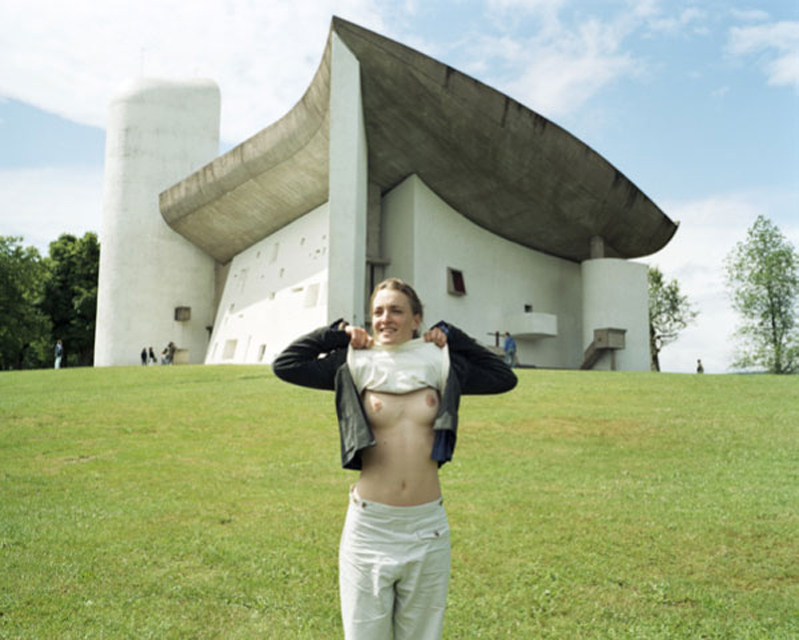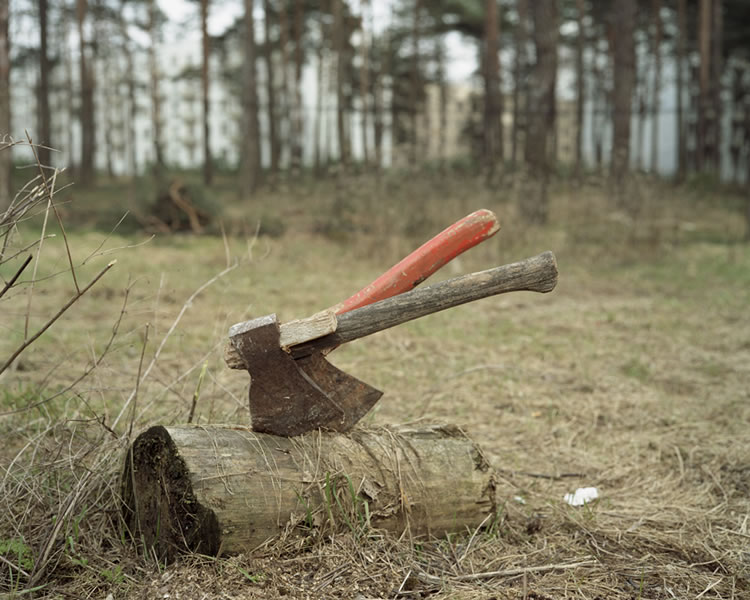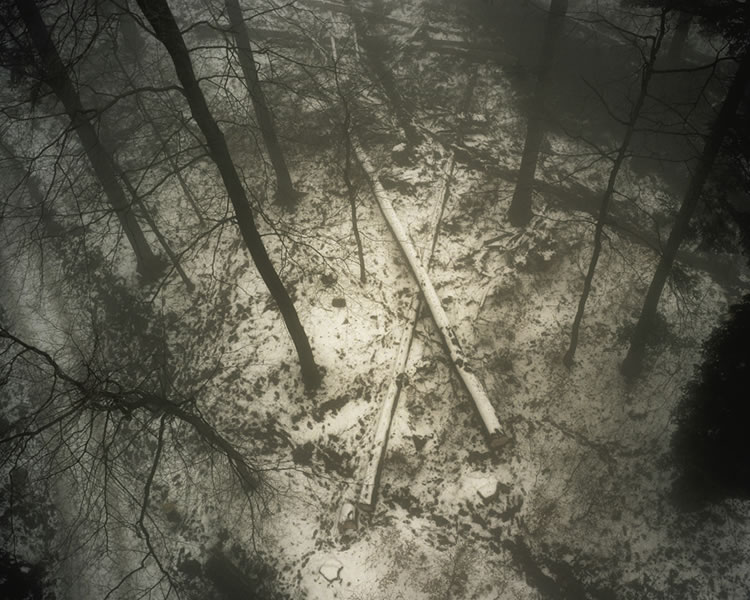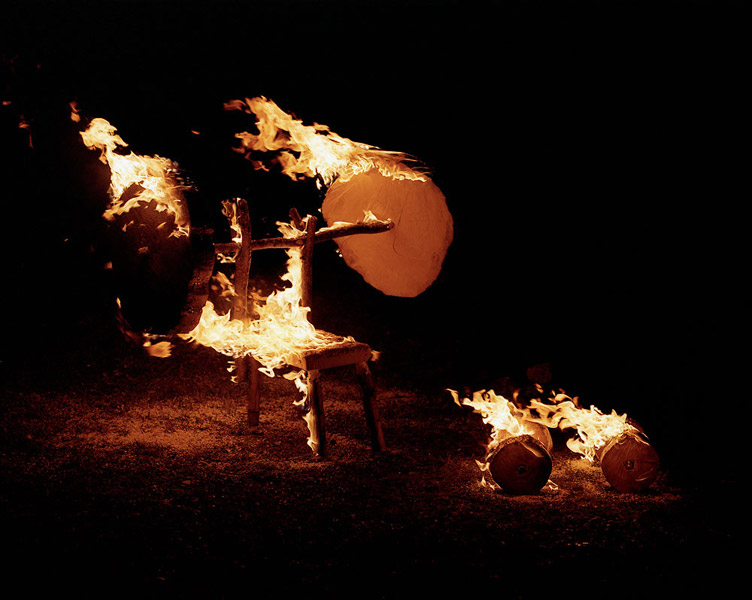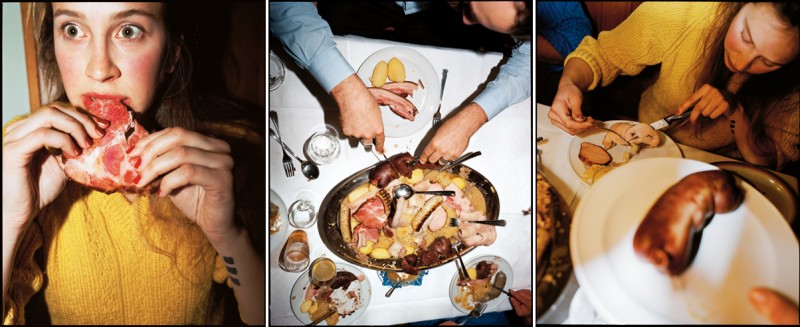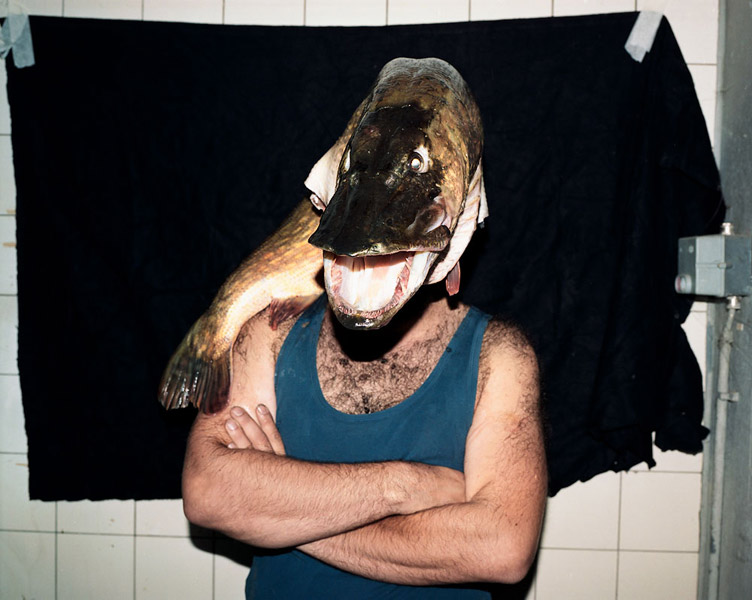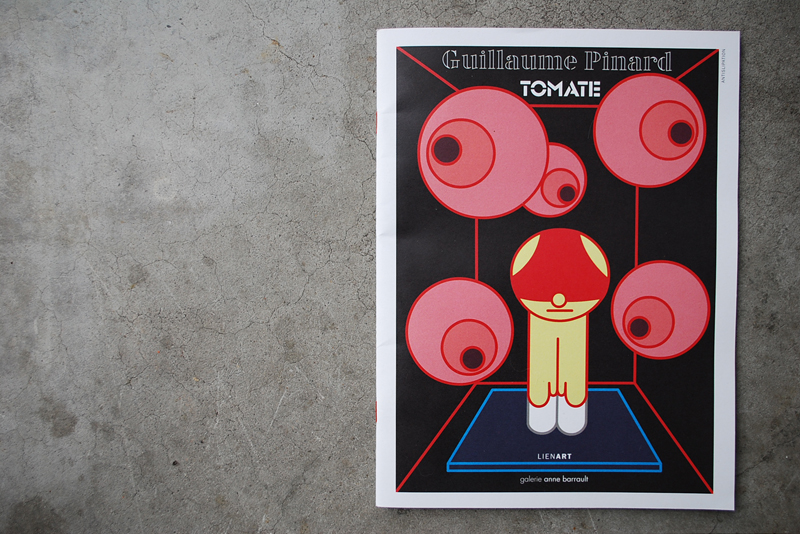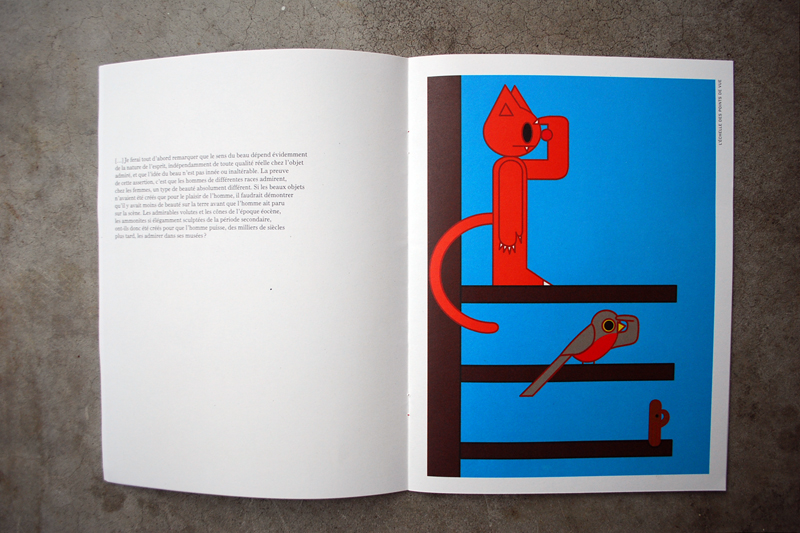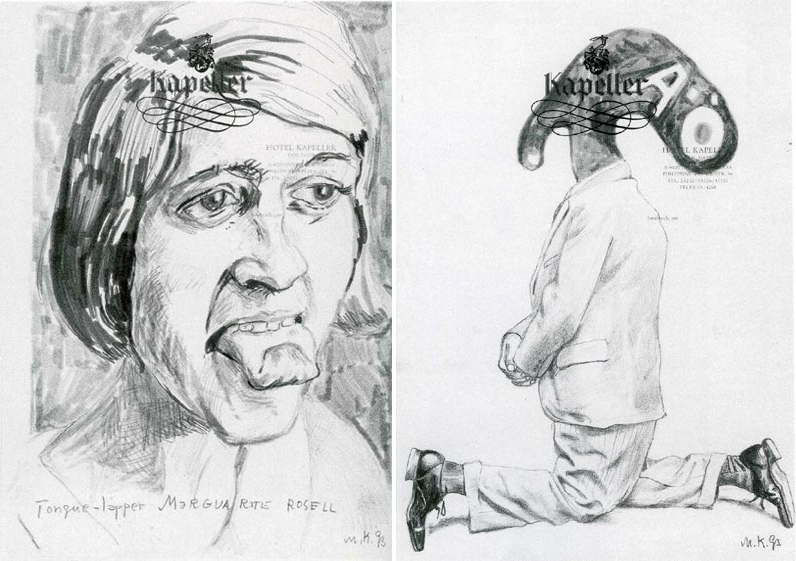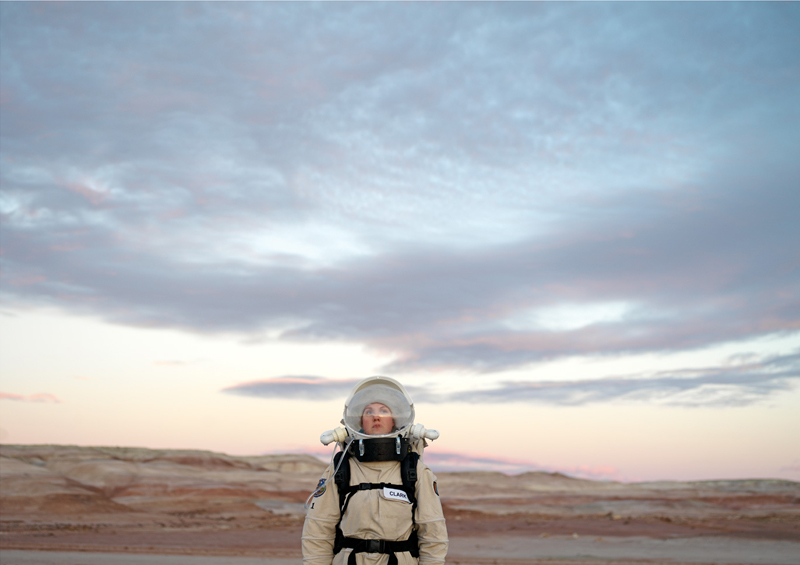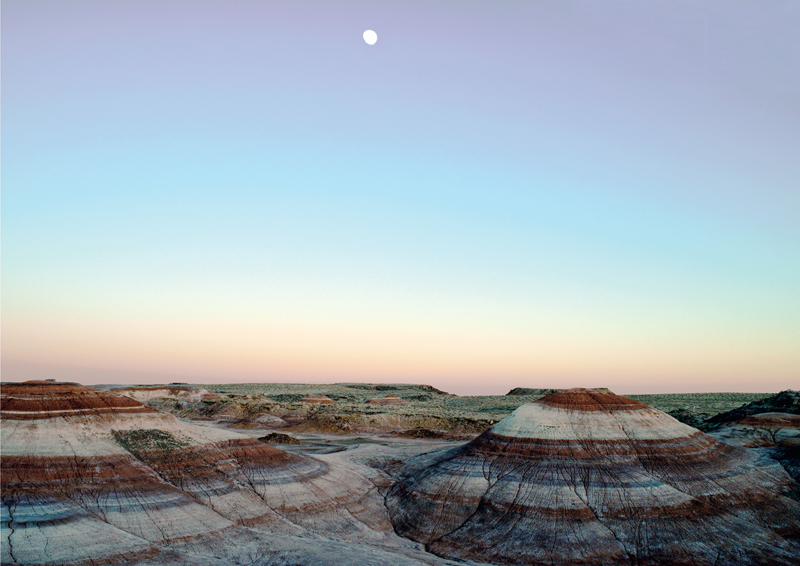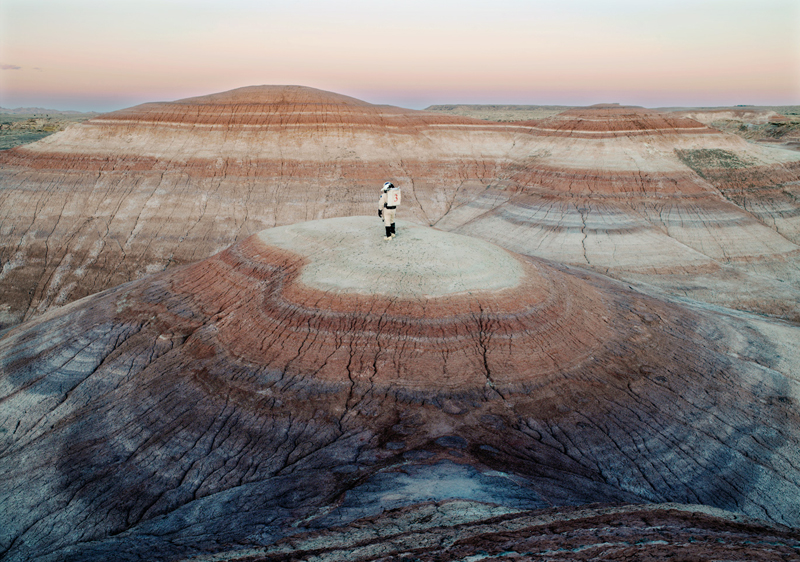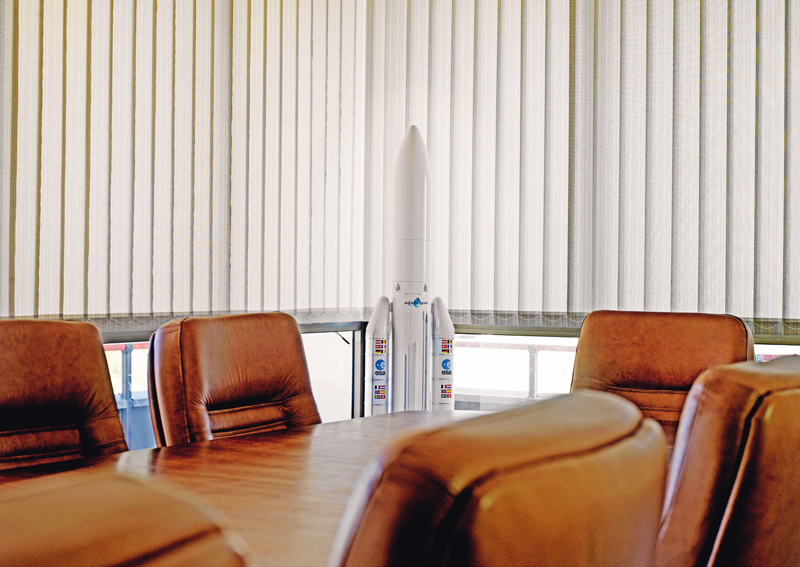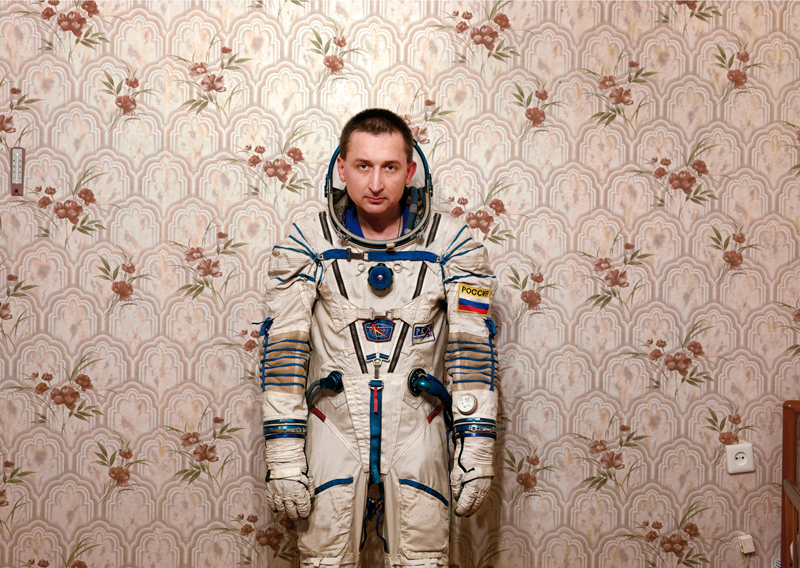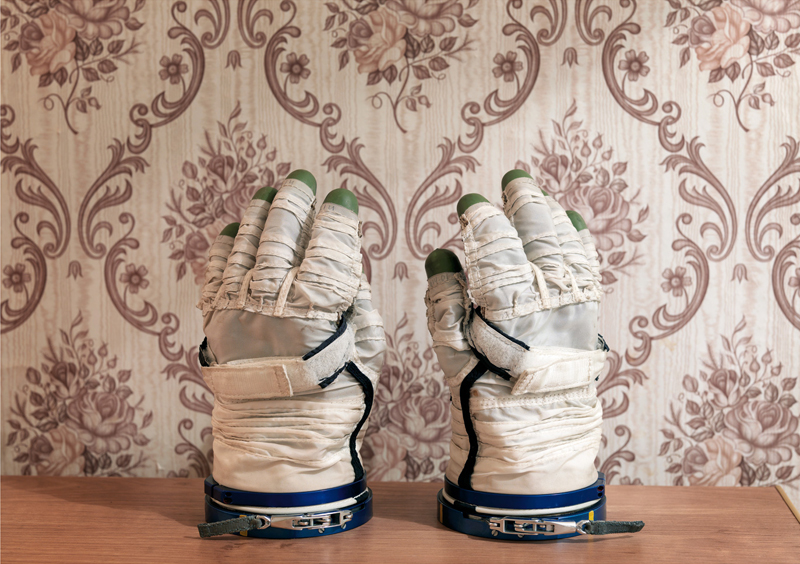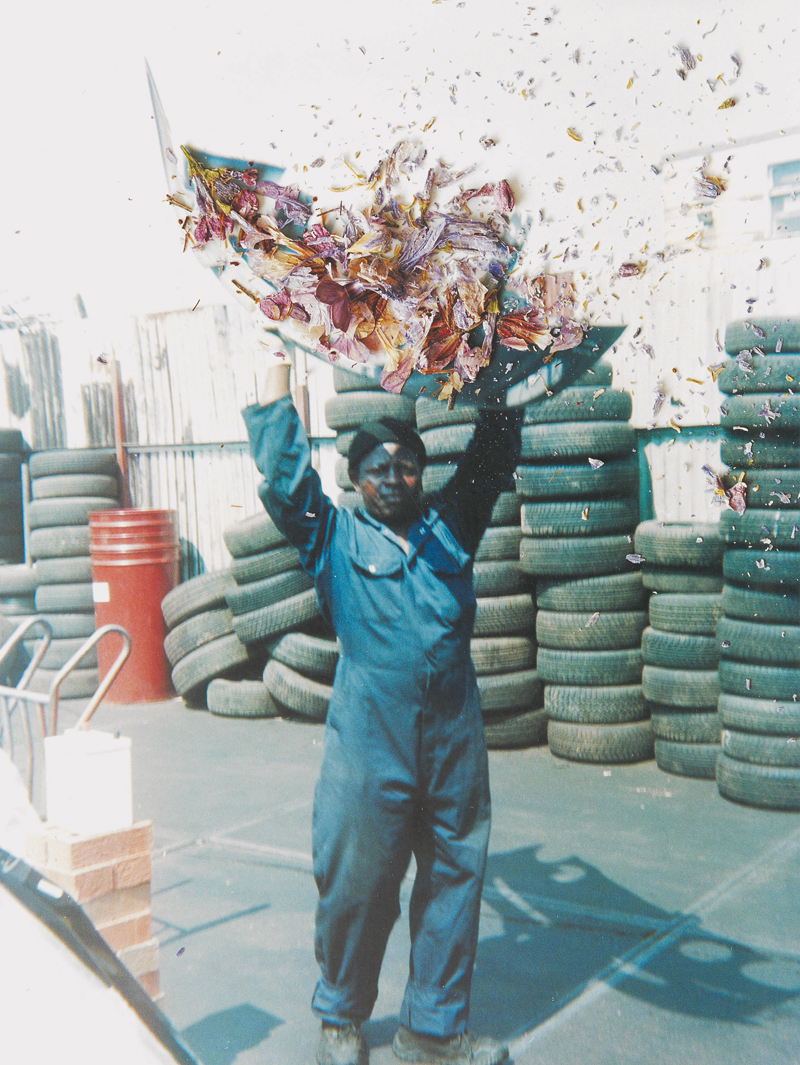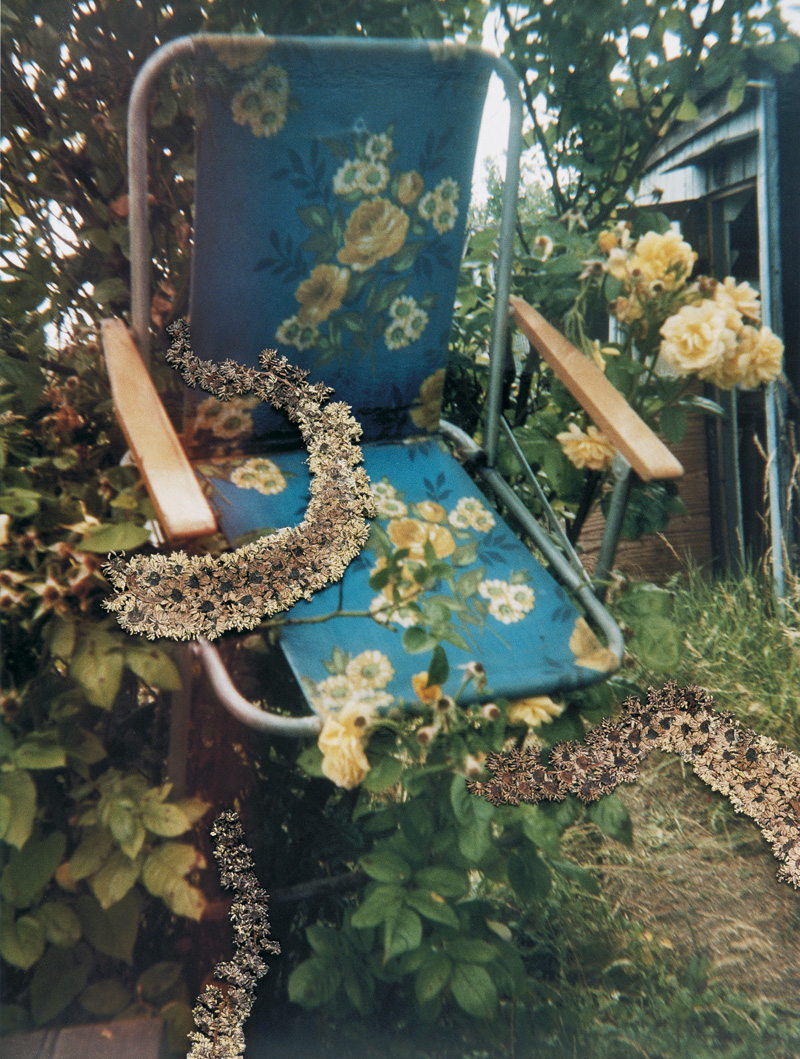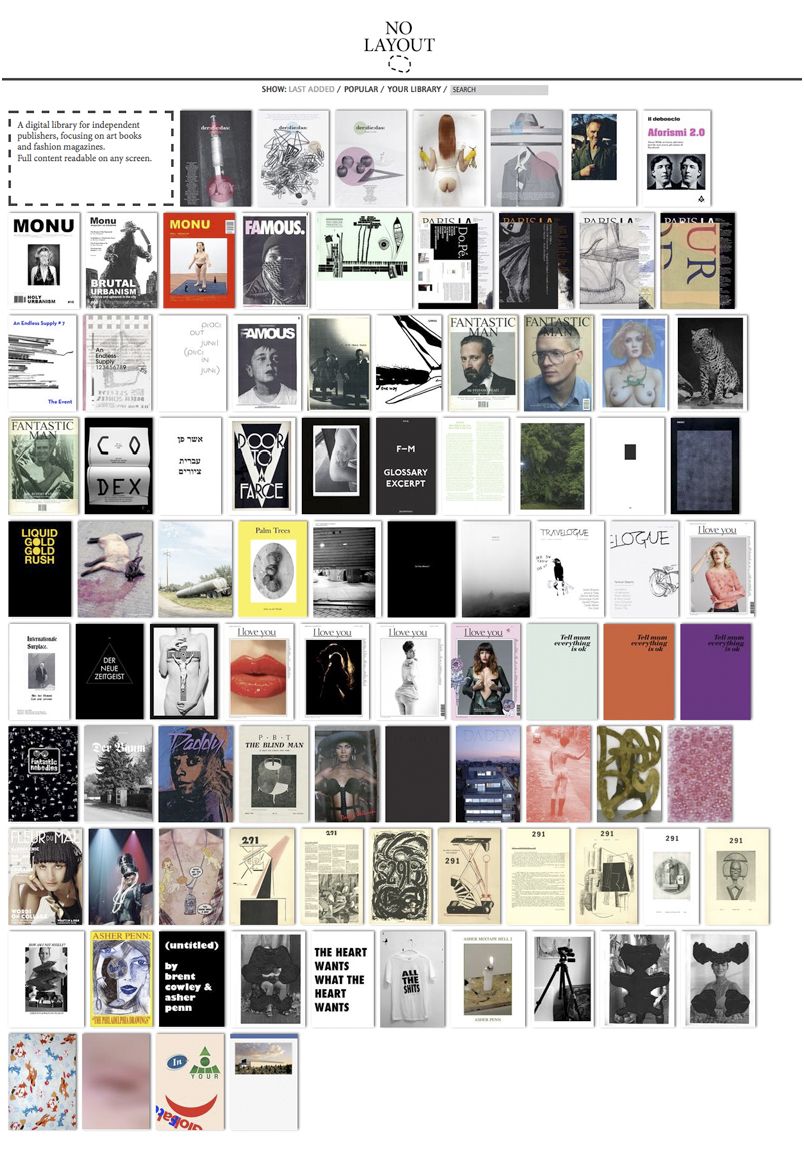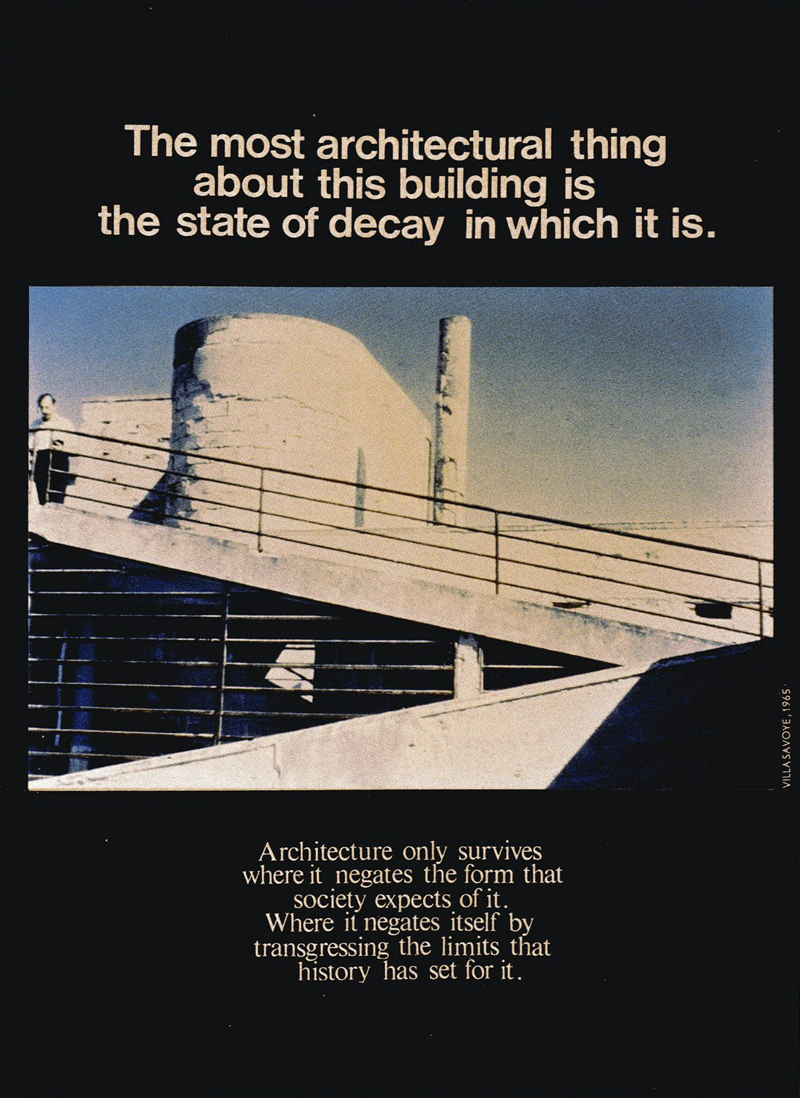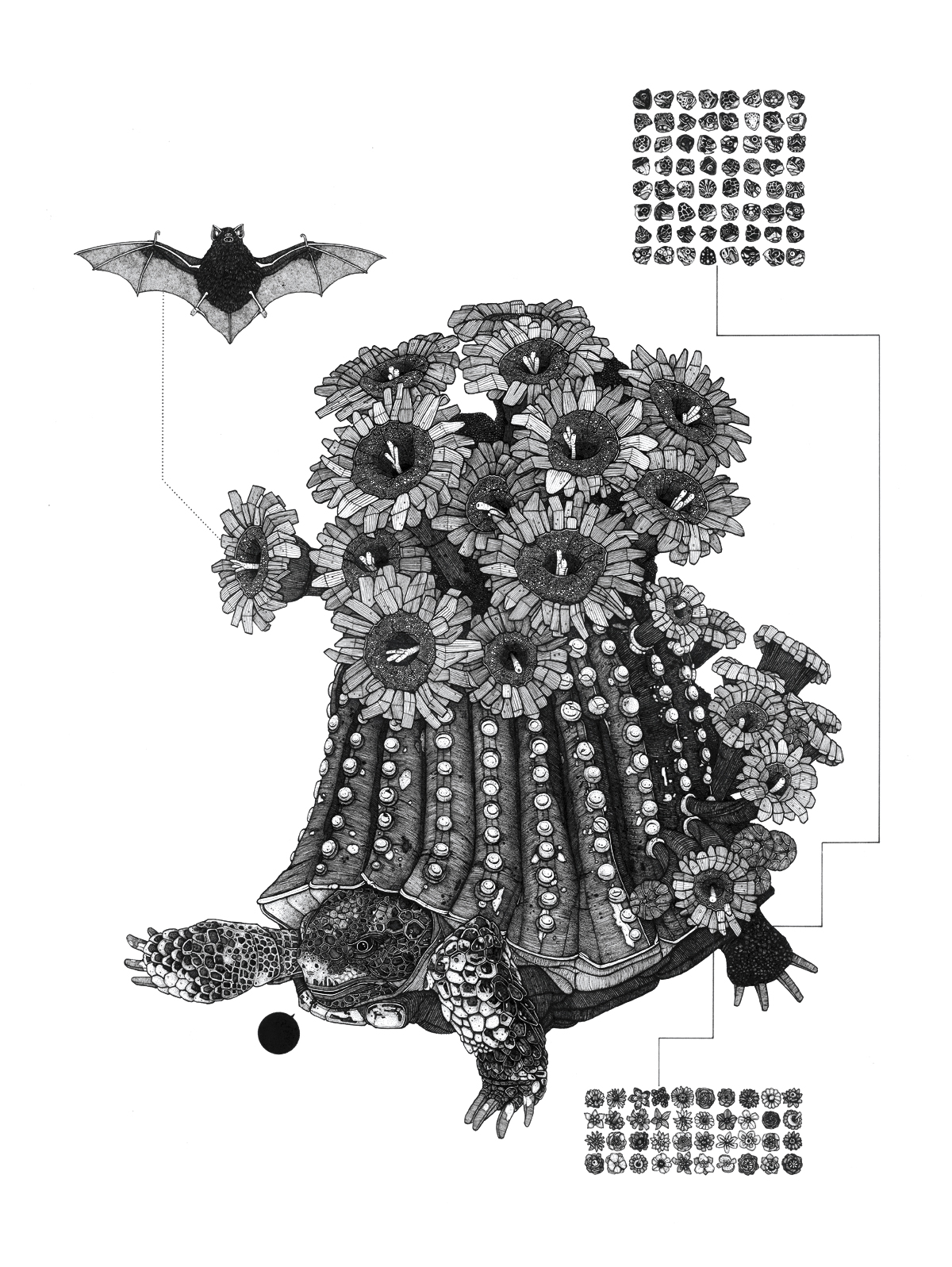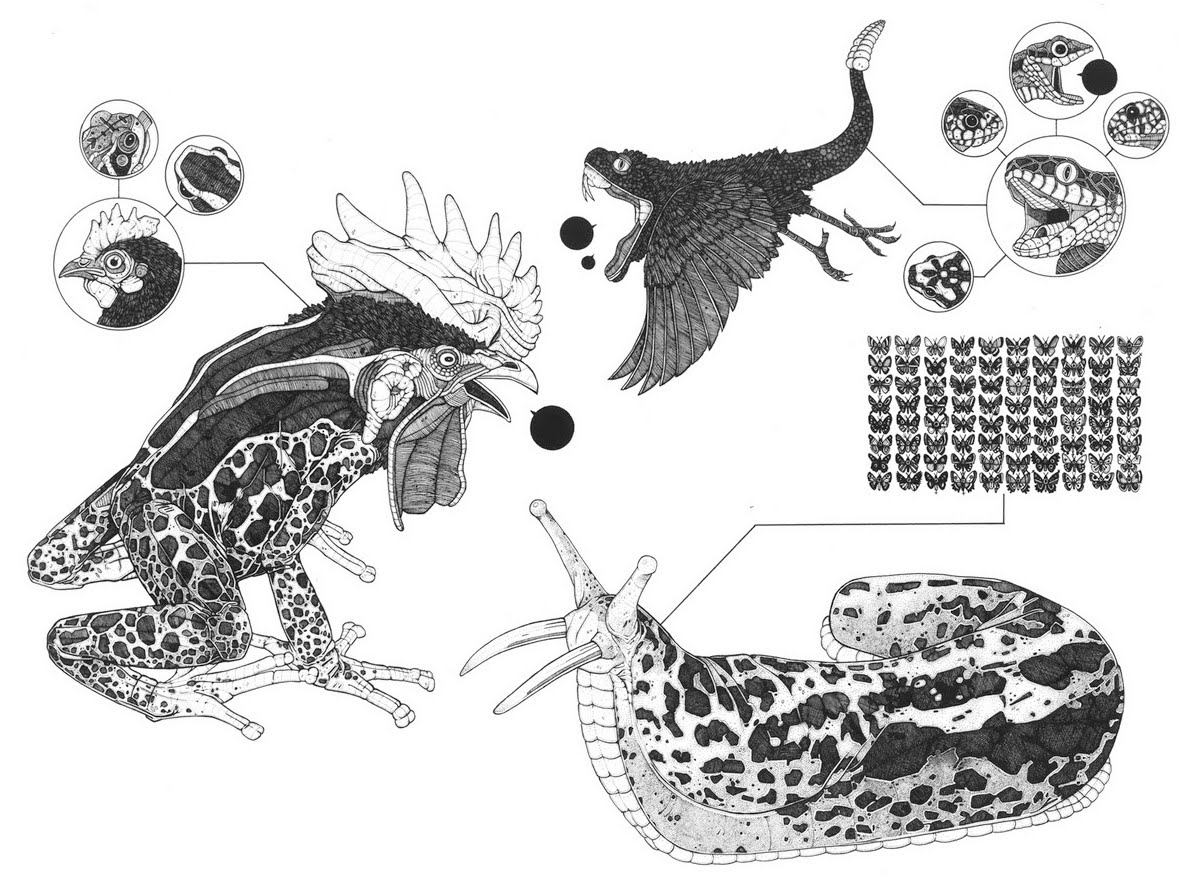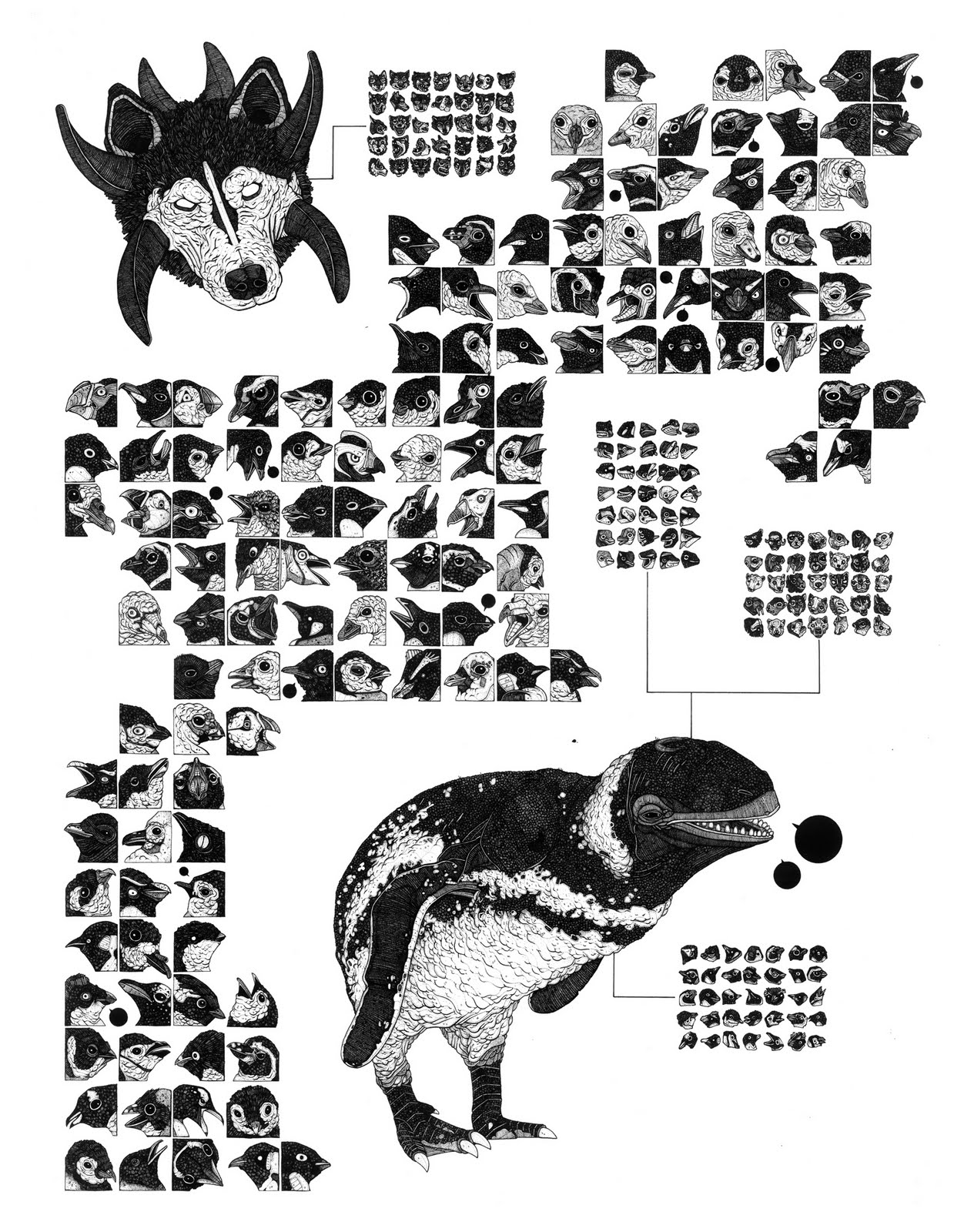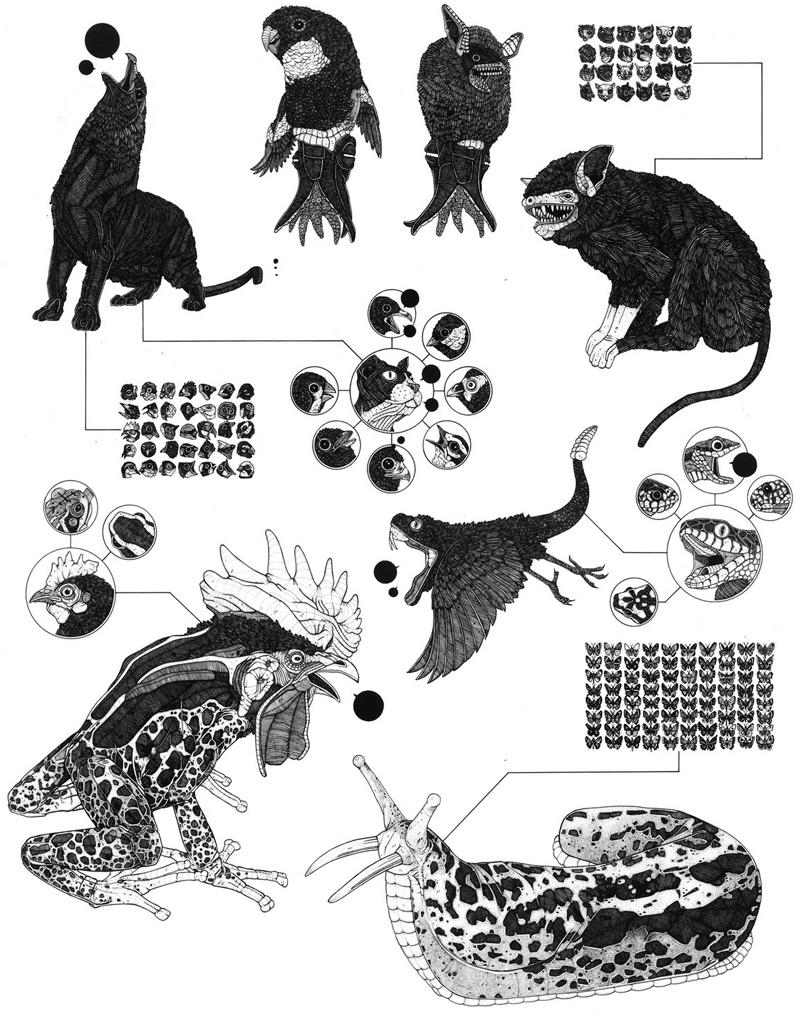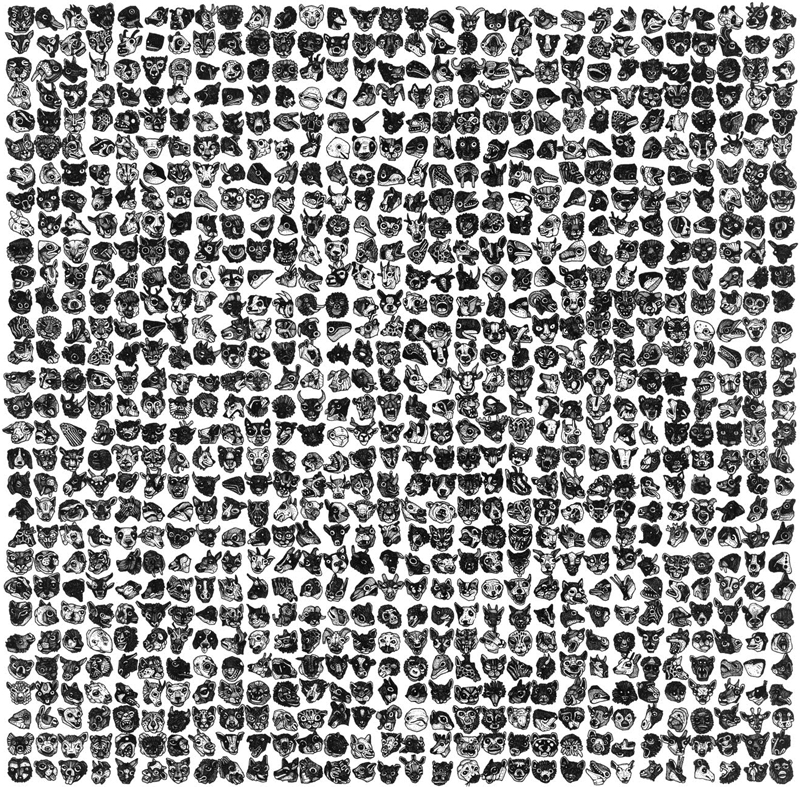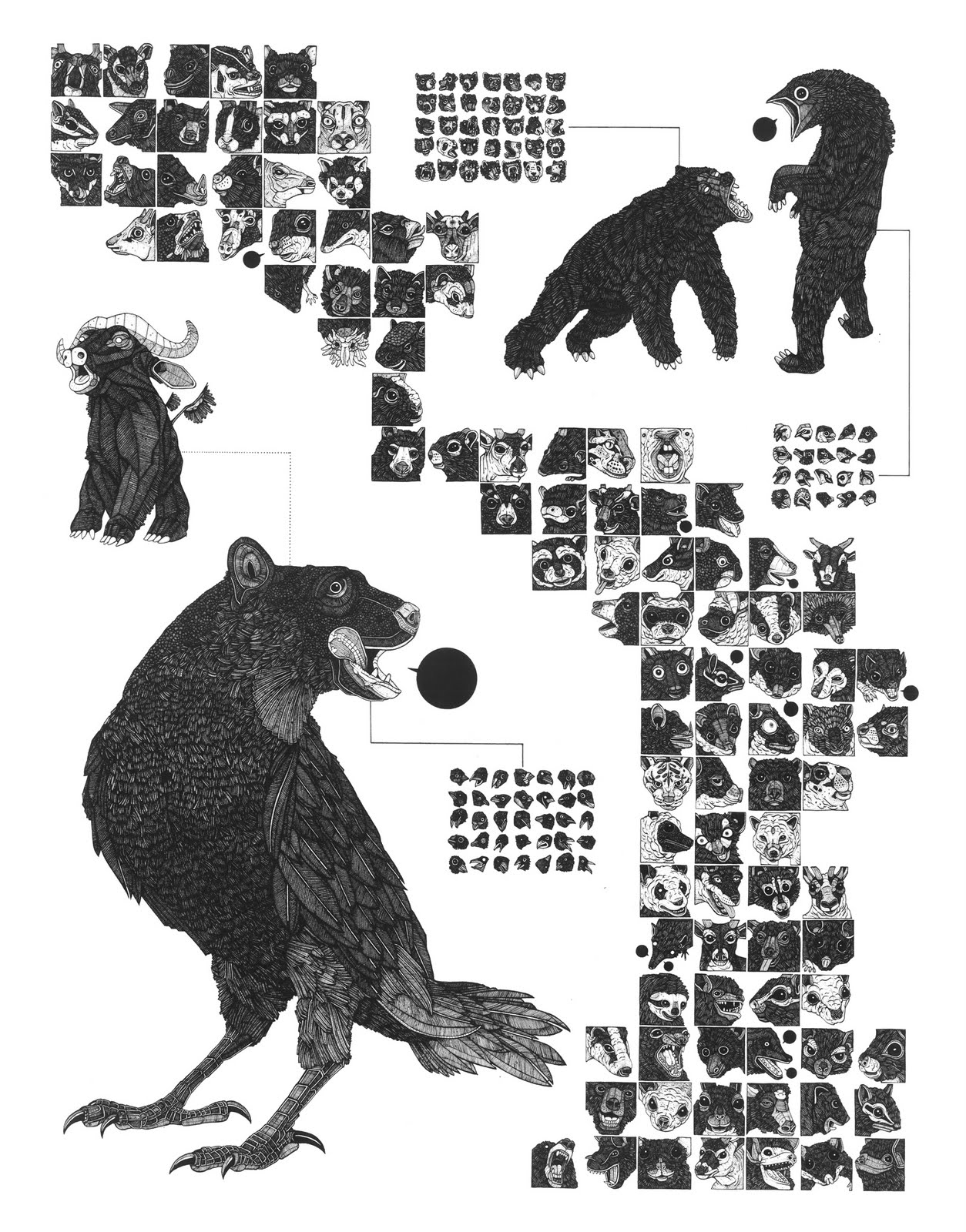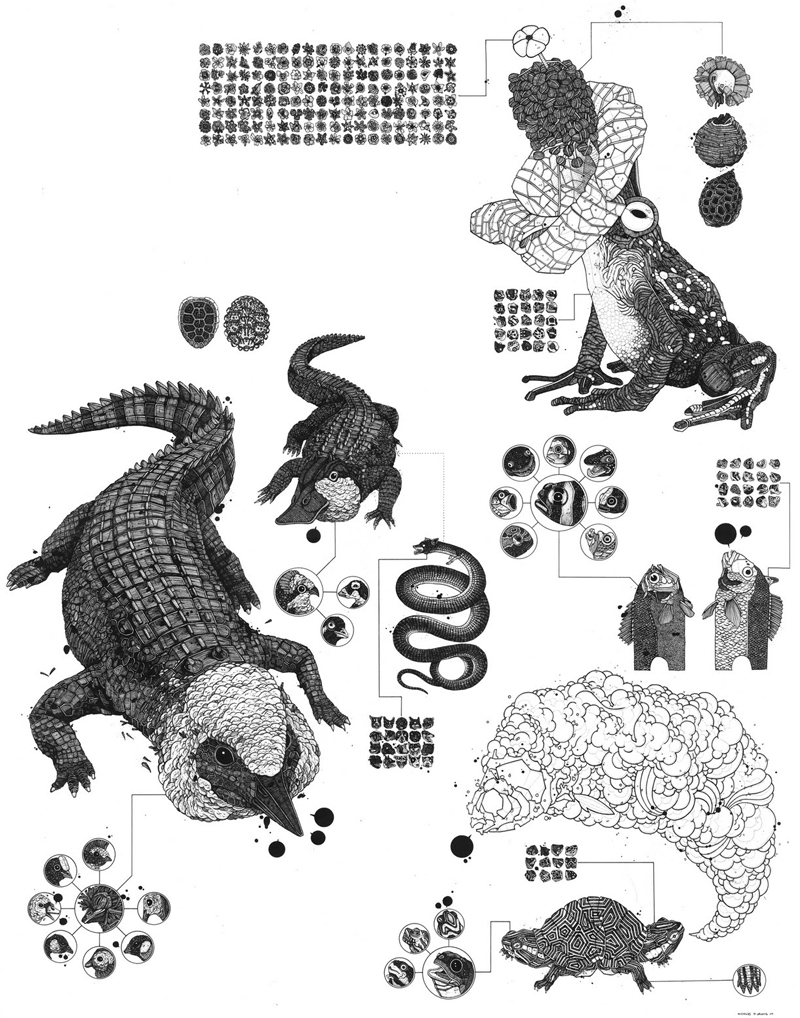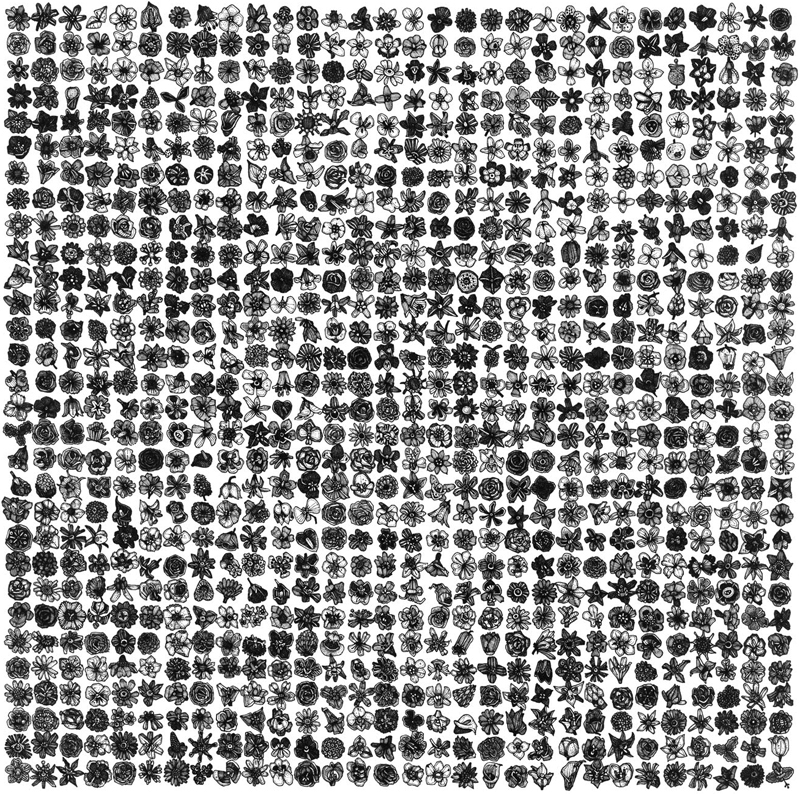
Nothing Is A Must. exhibition view at Modern Art Oxford. 2009
–

Nothing Is A Must. exhibition view at Modern Art Oxford. 2009
–

Nothing Is A Must (detail)
–

Don’t Adapt, Detach (detail). exhibition view at Migros Museum für Gegenwartskunst Zürich. 2010
–

Don’t Adapt, Detach (detail)
–
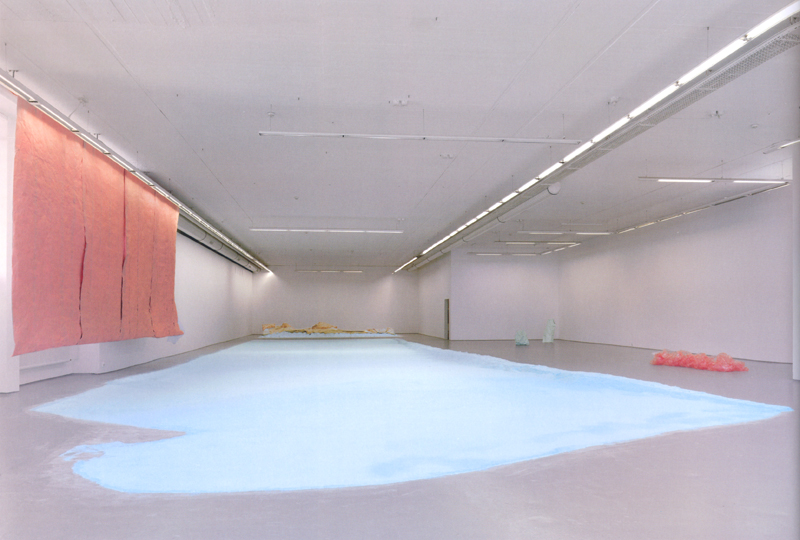
Exhibition view at Migros Museum für Gegenwartskunst Zürich. 2010
–

Principles of Admitting. Exhibition view at Migros Museum für Gegenwartskunst Zürich. 2010
–
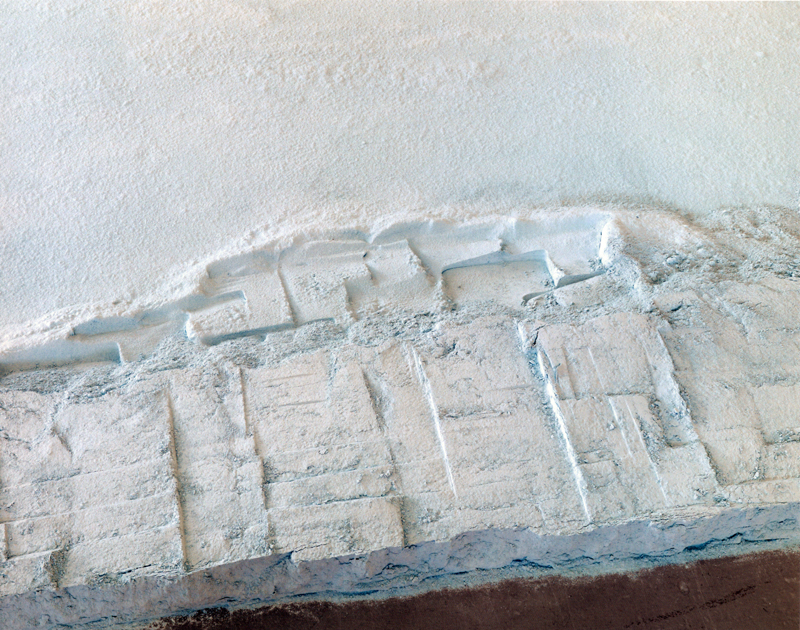
Principles of Admitting (detail)
–
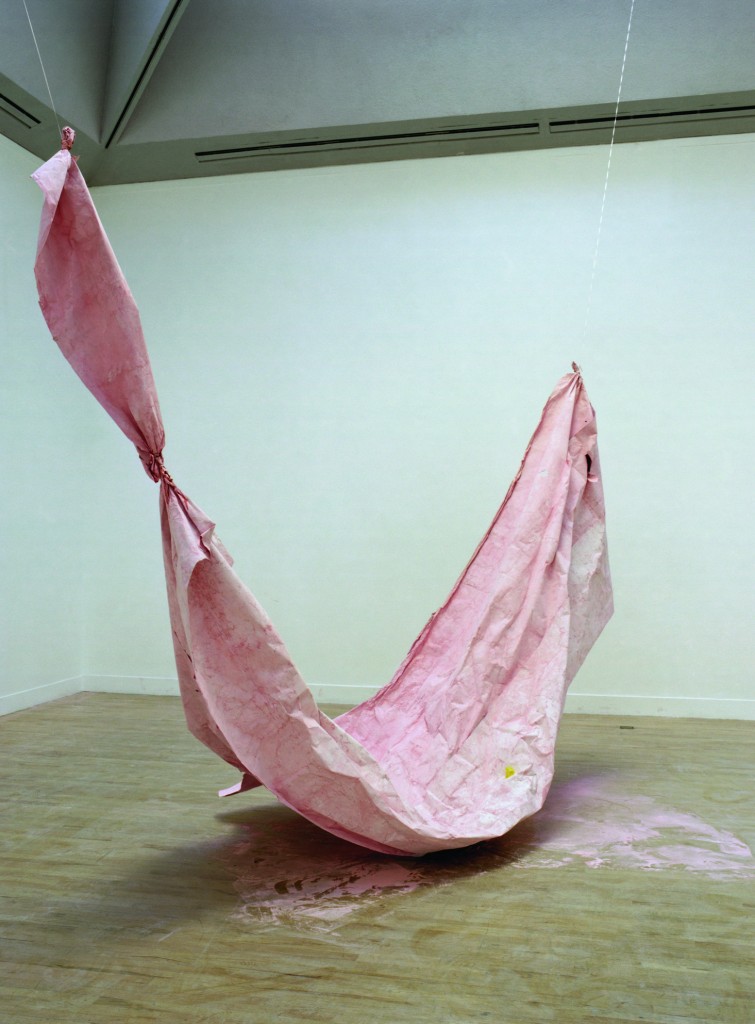
Wish List. exhibition view at Tate Britain. 2008
–

Persuader Face. exhibition view at Der Kunstverein, Hamburg. 2009
–

Persuader Face (detail)
–
Scottish artist KARLA BLACK uses plaster, chalk dust,vaseline or substances such as face powder, lipstick and nail varnish to develop her ephemeral and delicate work.
Through their colours and materiality, BLACK’s sculptural works create an extremely subtle effect. The surfaces of some of the objects can be recognised as rough cardboard or sensitively transparent cellophane, other areas are covered by gentle pastel colours. Breaks and cracks in the structural materials split through the layers of paint. Just a tiny movement could cause the paint to rip the paper, altering the sculpture. Her fragile works are never in a stable condition as they are threatened by persistent decay.
The artist seeks to interrupt this natural process in her works, and transform them to obtain a timeless condition as close to perfection as possible. With various methods and materials, the artist probes for a more constant and unchanging condition for the work. Nonetheless, some sculptures have a lifespan only as long as the exhibition itself, after which they are destroyed. The sculptures’ very properties necessitate that her work is produced on site.
“When I’m nearly finished making a work, I ask myself, “If this was a painting, would it be a good painting?” If I decide that the answer is yes, then I’m done. I use impermanent and raw materials like paper, polythene, plaster powder, and cosmetic products in my sculptures not because they easily change and decay but because I want the energy, life, and movement that they give. I would much rather have the sculptures stay exactly as they are the moment I finish making them. But I also know that if my first priority were to preserve the work forever, or for as long as possible, then I’d use stone, metal, or wood. But those materials don’t have the qualities I want. It’s a double bind (…)
(…) In art school critiques, my classmates sometimes said my work looked “feminine” and “domestic.” I could see what they meant, but that was never my intention and still isn’t. I like pink, and if someone wants to say that’s because I’m a woman, then perhaps it is. I’m interested in those kinds of cultural judgments that come from the outside. In the end, I decided to just do what I want to do, to use the materials and colors I want to use, because I want to enjoy making the work as much as I can. It’s hard enough to make something that’s any good, so you may as well start with some sort of self-indulgence. – as told to LAUREN O’NEILL-BUTLER for artforum
And good news: you can view in person the sculptural work of KARLA BLACK at Capitain Petzel, Berlin until 22 December 2010

